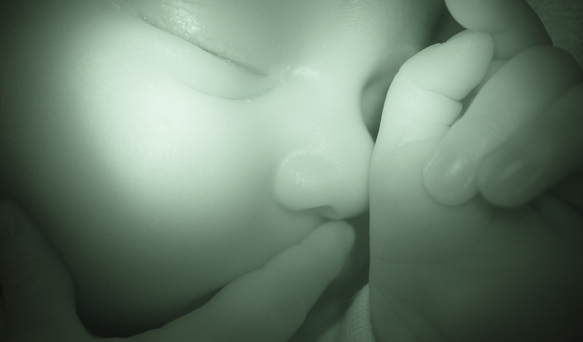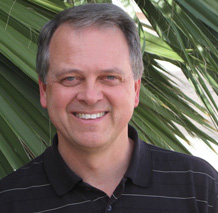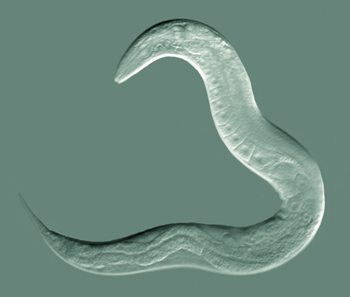
By Ozgur Sezer, free images.com
How does a single fertilised cell become an infant? What does that process say about us – and God? These were the questions that Professor Jeff Hardin asked in his lecture at the Faraday Institute last month. Jeff is a cell and developmental biologist who has appeared on this blog a number of times previously. Having studied theology as well as science, he has a rather unique perspective on embryonic development that has certainly grabbed my attention.

Jeff Hardin
A newborn baby is made of around 5 trillion cells. These cells come in hundreds of different types, and each of which must be in the correct place for the child’s body to function properly. Every new life is the result of the intricate and highly ordered processes of embryonic development, and the most important stages happen in the first few weeks.
Three things must happen as an embryo develops. The first important process is differentiation, when the cells take on their identity as types of muscle, bone, nerves, and so on. The second is pattern formation, when each cell learns which part of the body it belongs to. Third is ‘morphogenesis’, when the cells are moved around to form the different tissues and organs. These three are not discrete stages, but they all happen at around the same time, building up gradually like the different aspects of a picture coming into focus.
All three of these processes are driven forward by the movement of cells, the connections between them, and the signals they pass to each other. Jeff studies the cadherin complex, a sort of cellular glue which is involved in joining cells together. Making and breaking these adhesions can affect how cells move and signal to each other, their identity in the body, how they are organised as groups, and ultimately their survival. At three weeks, all this has happened in an embryo that still looks bit like a peanut. The rest of what needs to be accomplished is mainly growth in the right directions.

C elegans © Bob Goldstein
Studying how cadherins work in human embryos isn’t possible, but fortunately these proteins are found on the surface of the cells of embryos throughout the animal kingdom, including the small worms Jeff’s lab studies. For Jeff, peering down a microscope at tiny worm embryos can be an act of worship. It is also an exercise in art appreciation, as he learns to appreciate the created order. But there are also issues to tackle. Does the minute scale of our early development, compared to the incomprehensibly vast and ancient universe, give us a sense of insignificance? There is also the problem of reductionism. Are we nothing but a collection of cells?
In his book The Great Partnership Jonathan Sacks wrote, “Science takes things apart to see how they work. Religion puts things together to see what they mean.” Jeff sees this as a key part of the solution to the problems of insignificance. In fact, this feeling of smallness is not new. For example Psalm 8 says, “When I look at your heavens, the work of your fingers, the moon and the stars that you have established; what are human beings that you are mindful of them, mortals that you care for them?” For Jeff and the Psalmist, such feelings can be a positive experience if they serve as a reminder to be humble in the face of a universe that is vastly complicated but also deeply meaningful, made by a God who has a plan for our lives.
The other unique experience for a Christian studying embryology is that the second person of the Trinity became an embryo. The American writer Luci Shaw described this in her poem Made Flesh. Understanding the complexities of development, while also being aware that God knows that process intimately both as creator and created, fills Jeff with a profound sense of awe, wonder and worship.
After the bright beam of annunciation
fused heaven with dark earth
his searing sharply-focused light
went out for a while
eclipsed in amniotic gloom:
his cool immensity of splendor
his universal grace
small-folded in a warm dim
female space
The recording of Jeff’s lecture, ‘How We Are Made: Embryos, Biology and Belief’, is available on the Faraday Institute website.




